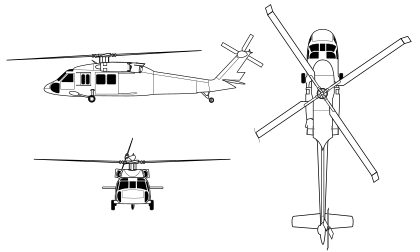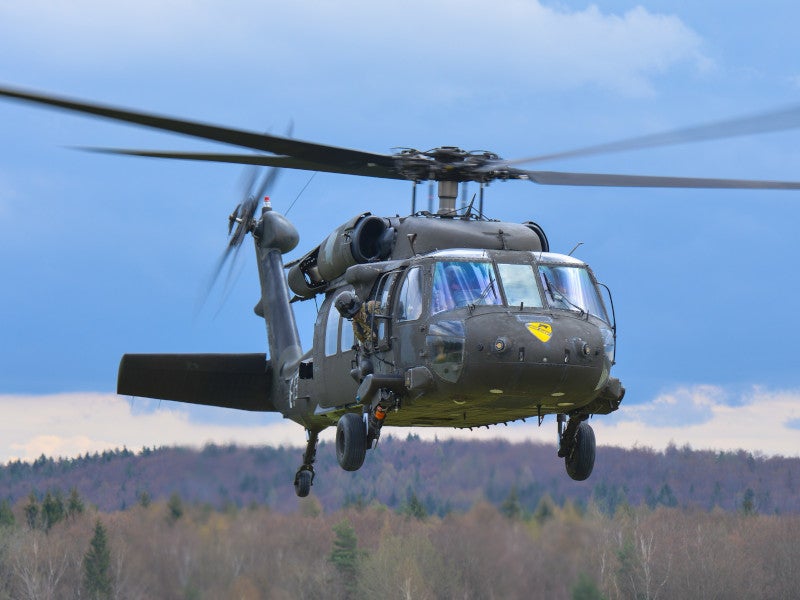Exploring the Innovative Modern Technology Behind Airplane Style and Engineering
The area of airplane style and design is witnessing a transformative change driven by ingenious innovations that enhance sustainability, effectiveness, and efficiency. As the industry grapples with the difficulties of ecological responsibility, advancements in lasting aviation innovations assure to reshape the future.
Advanced Products in Aircraft Design
Exactly how can the assimilation of advanced materials transform aircraft design? The incorporation of sophisticated products, such as carbon fiber composites, titanium alloys, and progressed porcelains, plays an essential role in enhancing airplane performance and performance.
Additionally, innovative products exhibit improved resistance to corrosion and exhaustion, causing reduced upkeep prices and prolonged solution life. The usage of titanium in essential parts assists endure extreme temperature levels and anxieties, while carbon fiber composites supply adaptability in style and production processes. This versatility permits even more aerodynamic shapes, adding to remarkable efficiency characteristics.
Moreover, the assimilation of wise materials, which can transform residential or commercial properties in response to external stimuli, opens new avenues for adaptive systems in airplane style. uh 60. These developments promise not just to improve safety and functional effectiveness yet additionally to add to sustainability efforts by decreasing environmental influence with lowered discharges. In recap, advanced products are redefining the landscape of aircraft layout, leading the way for more reliable, durable, and eco-friendly air travel solutions
Wind Resistant Innovations for Effectiveness
Wind resistant technologies play an essential role in boosting aircraft performance, significantly influencing gas intake and general performance. Breakthroughs in airfoil design, such as the introduction of supercritical wings, enable optimized lift-to-drag proportions, lowering drag at transonic speeds. These advancements enable aircraft to preserve greater rates with reduced gas expense, straight affecting operational costs and ecological sustainability.
Additionally, the combination of winglets has verified reliable in alleviating vortex-induced drag at the pointers of wings, better boosting gas efficiency - uh 60. This style modification results in a reduction in wake disturbance, contributing to enhanced wind resistant performance throughout cruise problems

Additionally, computational fluid characteristics (CFD) devices have actually transformed the testing and improvement of wind resistant shapes, enabling precise simulations of air movement around airplane (uh 60). This makes it possible for designers to innovate continuously, making certain that modern-day aircraft not only fulfill regulative standards yet additionally push the boundaries of efficiency in aeronautics

Function of Computer Simulations
Computer system simulations have actually ended up being an essential tool in the area of aircraft layout, enabling designers to carry out comprehensive evaluations and optimizations of various layout aspects. These simulations enable the virtual testing of aerodynamic buildings, structural honesty, and performance metrics long prior to physical models are built. By using computational liquid dynamics (CFD) and finite element evaluation (FEA), engineers can anticipate exactly how air moves around the aircraft and exactly how various materials will respond to stress and anxiety and strain.
Additionally, computer system simulations facilitate the expedition of a wide variety of circumstances and variables, accelerating the layout process and decreasing prices linked with physical testing. This capability not only boosts the precision of predictions relating to aircraft habits yet additionally offers insights into prospective style enhancements that could not be right away noticeable through typical methods.

Furthermore, simulations aid make certain conformity with rigorous safety and security regulations by allowing engineers to identify and rectify potential issues early in the design phase. The assimilation of simulation modern technologies right into the airplane style procedure highlights the considerable improvements in engineering methods, ultimately contributing to the development of much safer, a lot more effective, and ecologically friendly aircraft.
Artificial Intelligence in Design
Expert system (AI) is transforming the design landscape, especially in airplane design, by improving decision-making procedures and optimizing style operations. With artificial intelligence formulas, AI can assess vast datasets, revealing patterns and insights that educate layout selections and boost total efficiency.
AI applications in aircraft design include generative layout, where formulas develop numerous design choices based on defined parameters, enabling engineers you can try these out to review a wider range of possibilities. This not just speeds up the design phase but likewise makes certain that the end products meet stringent performance and security standards.
Furthermore, AI-driven predictive analytics facilitate maintenance organizing by assessing historical data and predicting potential failings. This positive strategy lowers downtime and boosts airplane integrity.
In addition, AI aids in simulation and modeling, allowing designers to check layouts under different conditions without the requirement for physical prototypes. This capability shortens growth timelines and decreases prices connected with standard testing techniques.
Sustainable Aviation Technologies
How can the aviation sector properly equilibrium growth and environmental duty? The solution depends on the adoption check out here of sustainable aeronautics innovations that prioritize efficiency and lower carbon discharges. Advancements such as sustainable aviation gas (SAFs), which are stemmed from sustainable sources, have become an essential element in accomplishing lower lifecycle exhausts. SAFs can dramatically reduce the carbon footprint of flights, making them a viable choice to typical jet fuels.
In addition, developments in aircraft layout, such as the growth of lighter materials and even more aerodynamically reliable forms, add to enhanced gas performance. Electric and hybrid propulsion systems are also acquiring traction, providing a path to minimize dependence on nonrenewable fuel sources and lessen greenhouse gas emissions.
The combination of these innovations is sustained by governing structures and sector partnerships targeted at establishing enthusiastic sustainability targets. Electronic tools like information analytics and man-made intelligence can optimize trip operations, additionally improving gas performance. By accepting lasting practices and innovations, the aeronautics industry can not only fulfill the expanding need for flight yet additionally play a critical duty in resolving climate change, ensuring a much more lasting future for air transportation.
Verdict
The convergence of innovative products, aerodynamic technologies, and advanced innovations notes a substantial development in airplane layout and design. The combination of carbon fiber composites, titanium alloys, and AI-driven processes not just improves performance and performance but additionally enhances operations and predictive maintenance.

Computer system simulations have actually come to be an essential tool in the field of aircraft layout, enabling engineers to conduct comprehensive evaluations and optimizations of various design elements.The convergence of sophisticated products, wind resistant advancements, and cutting-edge modern technologies marks a significant evolution in airplane design and engineering.